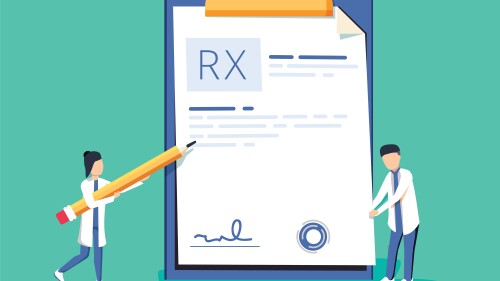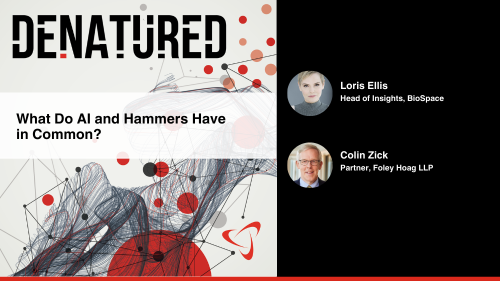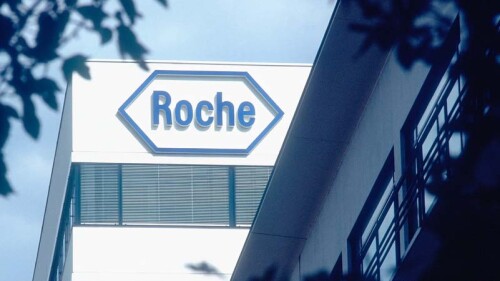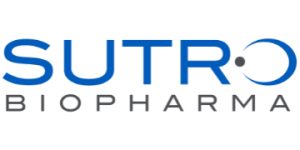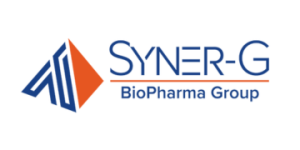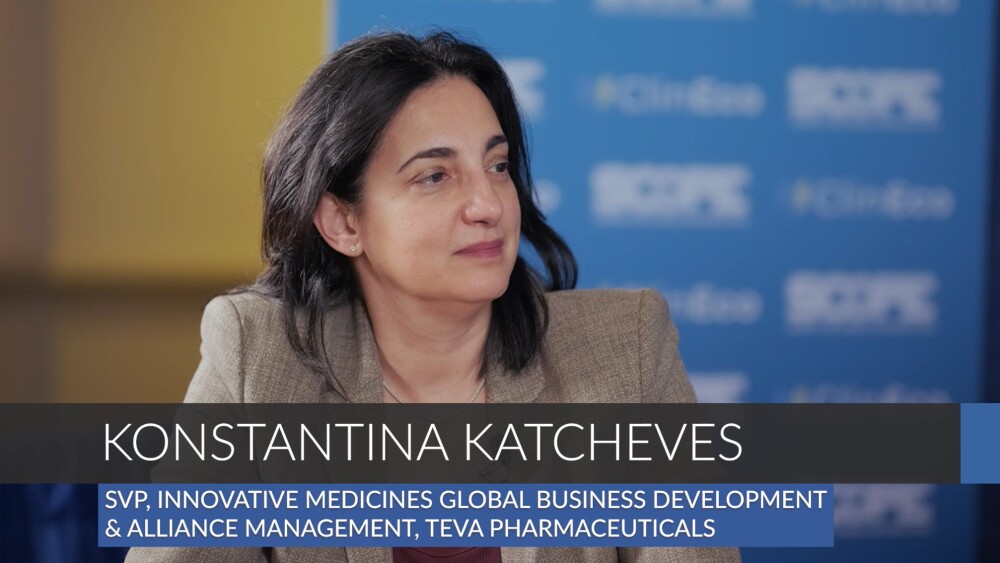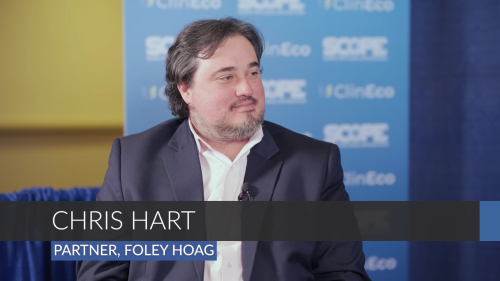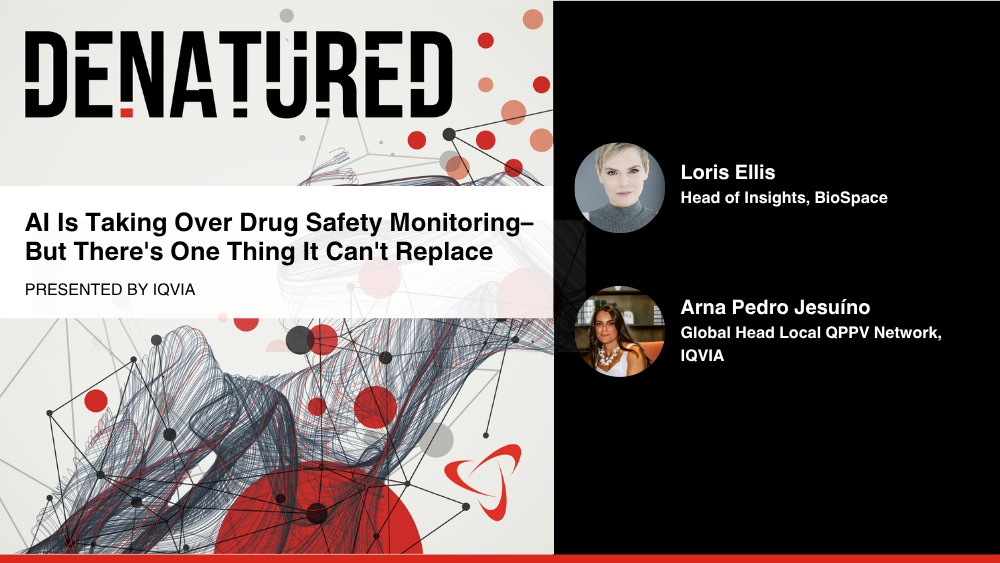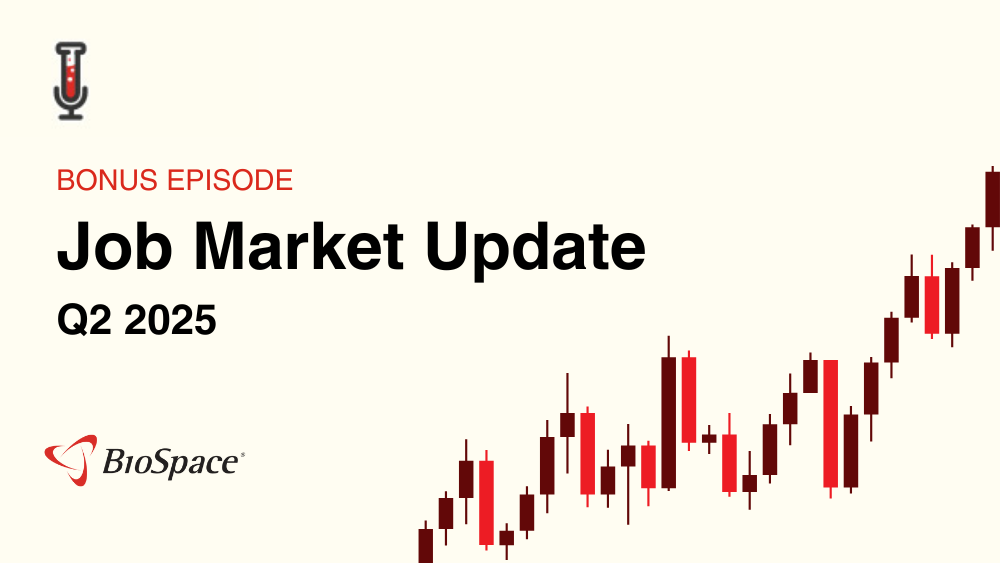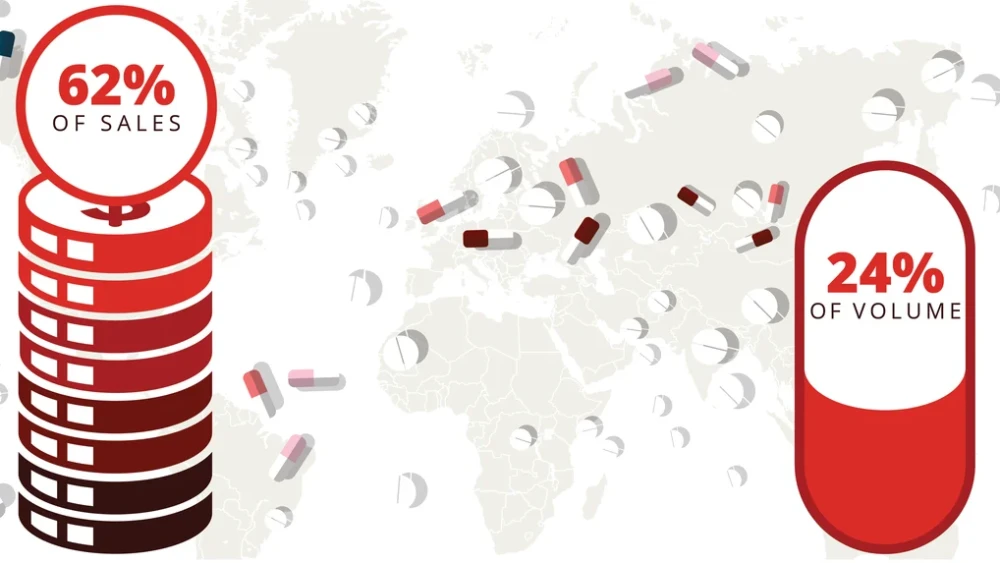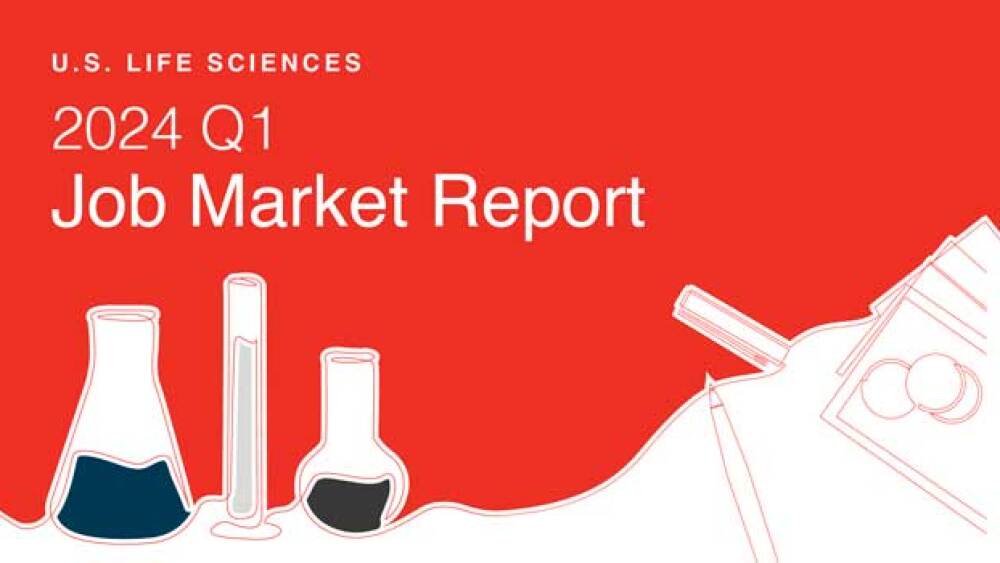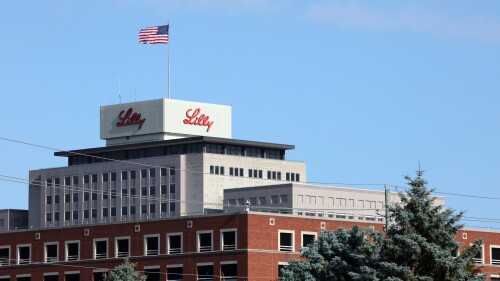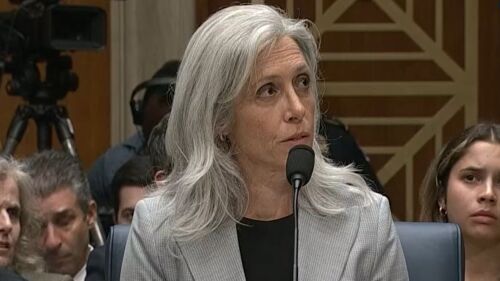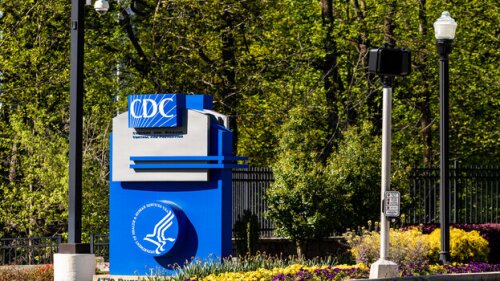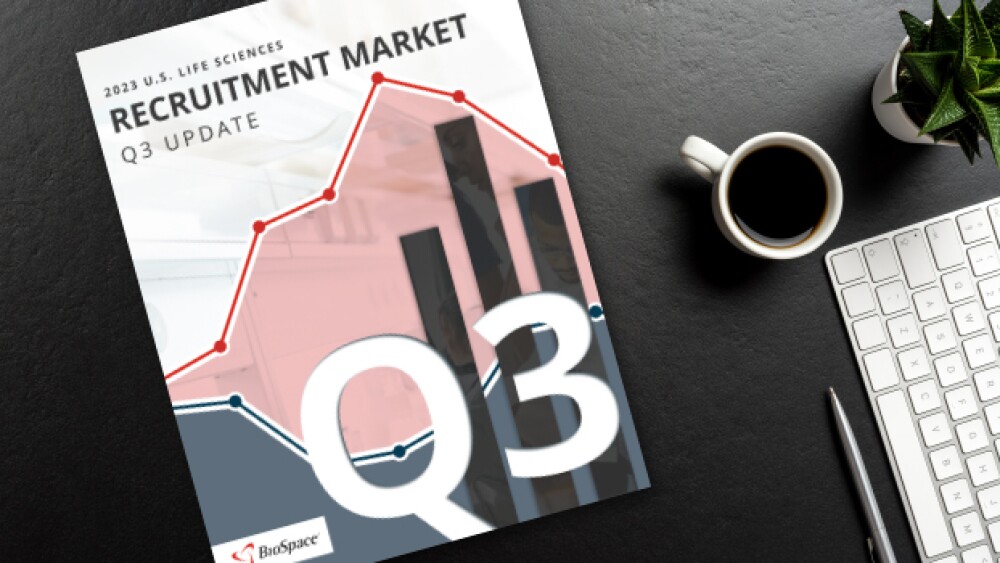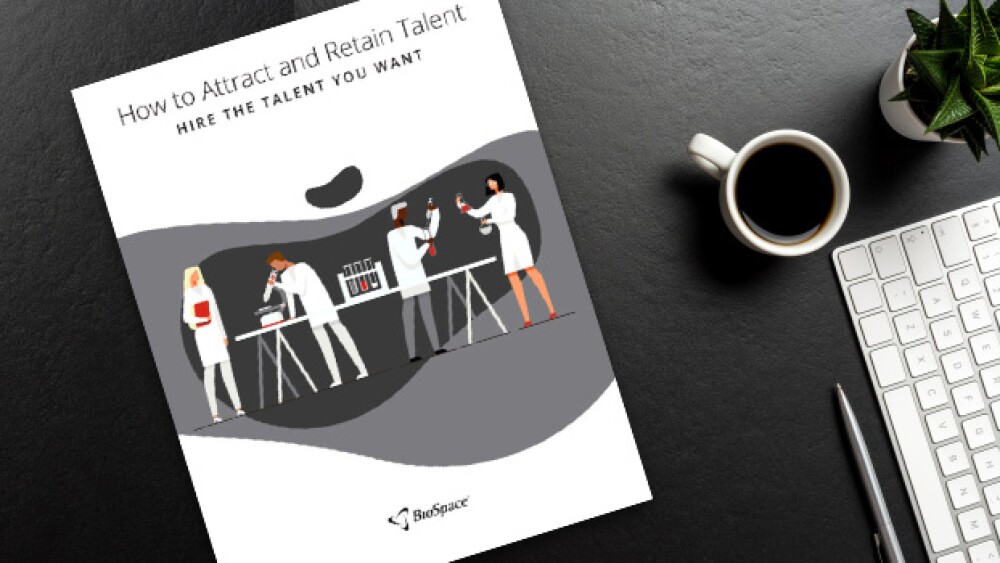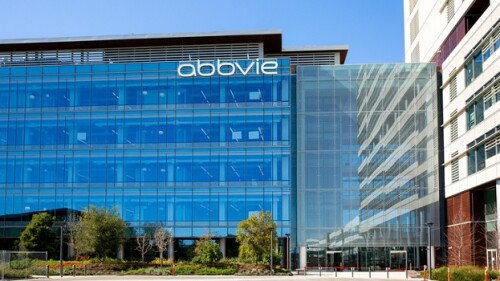This year, Novo Nordisk and Merck announced significant layoffs, with Novo planning to axe about 9,000 employees and Merck projecting it could let go of roughly 6,000. Meanwhile, Bayer, Bristol Myers Squibb, Novartis and Pfizer have also made noteworthy cuts.
In this episode of Denatured, BioSpace’s head of insights Lori Ellis and Colin Zick, partner at Foley Hoag LLP, spend time discussing some of the points brought up in the Bioprocessing Summit last month. They explore the connections between hammers, AI, The Planet of the Apes and monoliths.
Both BMS and Novo Nordisk have, in recent months, announced steep layoffs as they strive to cut back on costs.
Brepocitinib remains “ahead of competition” in the dermatomyositis space, according to analysts at Leerink, who projected that the drug candidate could hit $2 billion in sales in 2032.
Supporting Lexicon Pharmaceuticals’ decision to advance the non-opioid analgesic pilavapadin into late-stage development—despite a topline miss in March—is an “improving” regulatory environment for non-addictive options for chronic pain, according to analysts at Jefferies.
The star of the acquisition, which includes a contingent value right of $6 per share, is pegozafermin, an FGF21 analog in late-stage development for metabolic dysfunction-associated steatohepatitis.
FEATURED STORIES
Companies have claimed improvements to yield, batch consistency and output while acknowledging the risks and challenges created by the technology.
The mad rush for safe and effective obesity drugs has winners—including Eli Lilly’s Zepbound and Novo Nordisk’s Wegovy—and losers. Here are five molecules that never made it to the market.
While it’s impossible to make apples-to-apples comparisons of the many obesity candidates with so many differences across clinical trials, we at BioSpace are giving it our best shot.
With results from highly anticipated trials of Eli Lilly’s orforglipron and Viking Therapeutics’ VK2735 “underwhelming” investors, William Blair’s Andy Hsieh predicts weight loss pills will play a bigger role in low- and middle-income countries than in the U.S.
Regulations aiming to lower the cost of vital medicines will instead end up restricting access and disincentivizing R&D.
Capricor Therapeutics met with the FDA last week for a type A meeting, during which CEO Linda Marbán aimed to explain to the regulator that it got it wrong. Capricor plans to resubmit the application based on deramiocel’s existing dataset.
LATEST PODCASTS
In this episode presented by IQVIA, BioSpace’s head of insights Lori Ellis discusses the evolving role of local qualified persons for pharmacovigilance with Ana Pedro Jesuíno, global head local QPPV network at IQVIA.
Around 3,500 FDA employees received termination emails; FDA Commissioner Marty Makary suggests lowering industry user fees and tying review times to drug prices; the regulator opens its trove of complete response letters in the name of transparency; and two companies receive rejections for rare disease therapies.
In this bonus episode, BioSpace’s Vice President of Marketing Chantal Dresner and Careers Editor Angela Gabriel take a look at Q2 job market performance, layoffs and wider employment trends and policies impacting the biopharma workforce.
Job Trends
Bristol Myers Squibb has made significant cuts to its workforce since last year as part of a strategic reorganization aimed at saving $3.5 billion through 2027. The latest cuts in Lawrenceville, New Jersey, bring that area’s total number of disclosed cuts this year to 806.
Subscribe to Genepool
Subscribe to BioSpace’s flagship publication including top headlines, special editions and life sciences’ most important breaking news
SPECIAL EDITIONS
In this deep dive, BioSpace takes a closer look at the drug price crisis in the U.S. As President Joe Biden and former President Donald Trump gear up for a rematch in the 2024 election, we explore how federal reforms to lower costs could be leveraged on the campaign trail.
The job response rate has risen year over year, according to BioSpace data, indicating competition for roles posted on our website has increased.
In this deep dive, BioSpace examines what’s next for Leqembi, the true cost of anti-amyloid antibodies, and what other Alzheimer’s treatments are coming down the pipeline.
DEALS
-
Flagship Pioneering’s ProFound Therapeutics will use its proprietary technology to mine the expanded proteome for novel cardiovascular therapeutics. Novartis has promised to pay up to $750 million per target, though it has not specified how many targets it will go after.
-
Leading companies spent $1.4 billion upfront on licensing deals and embarked on vast R&D programs. Clinical setbacks mean many companies are unlikely to ever recoup their investments.
-
In May, Revolution Medicines projected its cash and equivalents of $2.1 billion would last into the second half of 2027. With new funding from Royalty Pharma, the biotech has withdrawn that runway end date.
-
On the sidelines of BIO2025, Julie Gilmore, head of Lilly Gateway Labs, shares her thoughts on the $1.3 billion Verve Therapeutics buy, where Lilly’s therapeutic puck is potentially going and how the company is leveraging its unprecedented success in obesity to support young biotechs.
-
BioNTech said in 2022 that it faced “threats of a groundless patent infringement suit” from a company that was “unable to bring to market any product to help in the fight against COVID-19.” Now, the mRNA biotech is buying that very company.
WEIGHT LOSS
-
Novo Nordisk has plummeted back to Earth after a stunning rise driven by Ozempic and Wegovy. Can the storied Danish pharma recover?
-
Leaders at Eli Lilly believe heavy investment in the company’s manufacturing footprint “sets a high standard that newcomers may find challenging to match.” At least one of those newcomers disagrees.
-
Here are five oral obesity candidates that, according to Mizuho’s Graig Suvannavejh, could change the weight loss game.
-
From the price of forthcoming weight loss pill orforglipron, to Most Favored Nation drug pricing and the market battle with Novo Nordisk, pricing was the number one issue for Eli Lilly on its second quarter earnings call.
-
Eli Lilly’s orforglipron cut body weight to a lesser extent than rival Novo Nordisk’s semaglutide, falling into analysts’ bear scenario for the oral med. Executives brushed off the concerns and said the drug will still have a wide advantage on the market.
POLICY
-
During the COVID-19 pandemic, Health Secretary Robert F. Kennedy Jr.—along with FDA Commissioner Marty Makary and CBER Director Vinay Prasad—argued against vaccine mandates, partly because they limited medical choice. This week, the FDA under their leadership approved updated COVID-19 vaccines with restrictions that do the same.
-
Health Secretary Robert F. Kennedy Jr. will testify before the Senate Finance Committee on Sept. 4, following the ouster of CDC Director Susan Monarez and tapping of HHS Deputy Secretary Jim O’Neill as her interim replacement.
-
The CDC director—the first to be confirmed by the Senate under new legislation—has been ousted after less than a month following internal unrest regarding new, more restrictive approvals for updated COVID-19 vaccines, according to multiple sources.
-
Scott Gottlieb, who served as FDA commissioner during the first Trump administration, wrote in a JAMA editorial that China is speeding drugs to market and could potentially surpass the U.S. in the innovation game.
-
The MIT professor of management, who already sits on the CDC’s revamped immunization advisory committee, is a known skeptic of vaccines, particularly mRNA technology.
Candidates looking to enter biotech should focus on cultivating key skills, thoughtfully crafting their resumes and putting their best, most authentic foot forward in interviews. An internship, co-op or fellowship won’t hurt, either.
This webinar will help you discover effective strategies for launching your career in biotechnology. You will gain valuable insights from industry experts and leave with the essential tools you need to thrive in this dynamic field.
A clinical research associate is a professional who oversees clinical trials. Here are our top tips on how to become one.
For biopharma executives who are between roles, navigating the transitionary time can be challenging. However, they can remain visible and valuable so they’re ready to seize their next big opportunity.
In a tough labor market where layoffs continue, some are considering—or even moving—from industry to academia, according to a BioSpace poll. A career coach, scientist and general practitioner turned research coordinator share their thoughts.
Learn how to craft a resume that stands out by exploring 10 common resume mistakes and how to avoid them.
HOTBEDS
REPORTS
This labor market report examines Q3 life science job market trends and the recruitment outlook for Q4 and beyond.
BioSpace surveyed life sciences employers to understand attitudes and current trends on AI usage in recruiting. This report explores the benefits of using AI tools in recruitment and provides practical recommendations for HR and talent acquisition professionals to leverage AI effectively. Concurrently, this report highlights the challenges and risks of using these tools without critical thought and intention.
As competition for life sciences talent peaks, BioSpace has undertaken research to determine what employers can do to ensure they don’t lose out on talent they actually want to hire and retain.
CANCER
-
In an open letter, 22 experts who designed and ran Replimune’s Phase III IGNYTE trial answered the FDA’s issues, as outlined in the complete response letter for the melanoma candidate RP1.
-
According to reporting from multiple outlets, Richard Pazdur, head of the Oncology Center of Excellence at CDER, opposed the consensus opinion of CBER staff to approve the drug. Replimune’s stock has dropped precipitously since the rejection.
-
The company expects that the U.S. COVID-19 vaccination rate will be “maybe a couple of points lower” than the prior level of around 20% but that pricing and Comirnaty’s market share will hold steady.
-
The pivotal Phase II trial is testing Allogene’s CAR T candidate cemacabtagene ansegedleucel for large B-cell lymphoma. ALLO-647 was being used as a preparative lymphodepletion therapy.
-
After decades of limited progress—owing to the difficulty of treating the disease and resultant market risk—glioblastoma research is entering a new phase spurred by smarter trials, targeted funding and renewed interest from companies like Merck and Jazz Pharmaceuticals.
NEUROSCIENCE
-
Praxis’ vormatrigine reduced seizures by 56.3%, an effect size that, according to analysts at Truist Securities, exceeds that of its closest competitors.
-
The FDA greenlit multiple new drugs this month and issued some notable label expansions, including for Eli Lilly’s Kisunla. Meanwhile, the regulator turned away a cell therapy for Duchenne muscular dystrophy and a gene therapy for the rare disease Sanfilippo syndrome.
-
Bristol Myers Squibb tested Cobenfy as an adjunctive treatment with atypical antipsychotics for schizophrenia in the Phase III ARISE study, which earlier this year failed to demonstrate significant symptom improvement.
-
Move over Humira, Skyrizi and Rinvoq are expected to beat the former megablockbuster’s peak sales by the end of this year.
-
Rumors of Biogen’s disagreements with Eisai have been greatly exaggerated, CEO Chris Viehbacher said during a second quarter earnings call. The partnered Alzheimer’s drug Leqembi saw sales climb 20% for the period.
CELL AND GENE THERAPY
-
Sarepta Therapeutics’ stock has dropped precipitously as questions swirl around the safety of its gene therapies. Meanwhile, the Duchenne patient community fears losing access to Elevidys while the regulator considers more drastic action.
-
After initially refusing to suspend Elevidys distribution after two deaths, Sarepta has now given in to the FDA’s request, noting the need to maintain a good working relationship with the regulator.
-
In light of recent patient deaths, the FDA has also revoked its platform designation for Sarepta’s AAVrh74 technology. The designation, granted last month, was the first of its kind to be announced publicly.
-
Amid a season of regulatory and scientific advances, experts reveal a culture of data hoarding among cell and gene therapy developers that is reinforcing fragmentation, stalling innovation and delaying access to treatments.
-
Following the death of two teenage patients with Duchenne muscular dystrophy following Elevidys treatment, Sarepta Therapeutics adds a black box warning to the gene therapy for acute liver injury and failure and parts with more than a third of employees.



